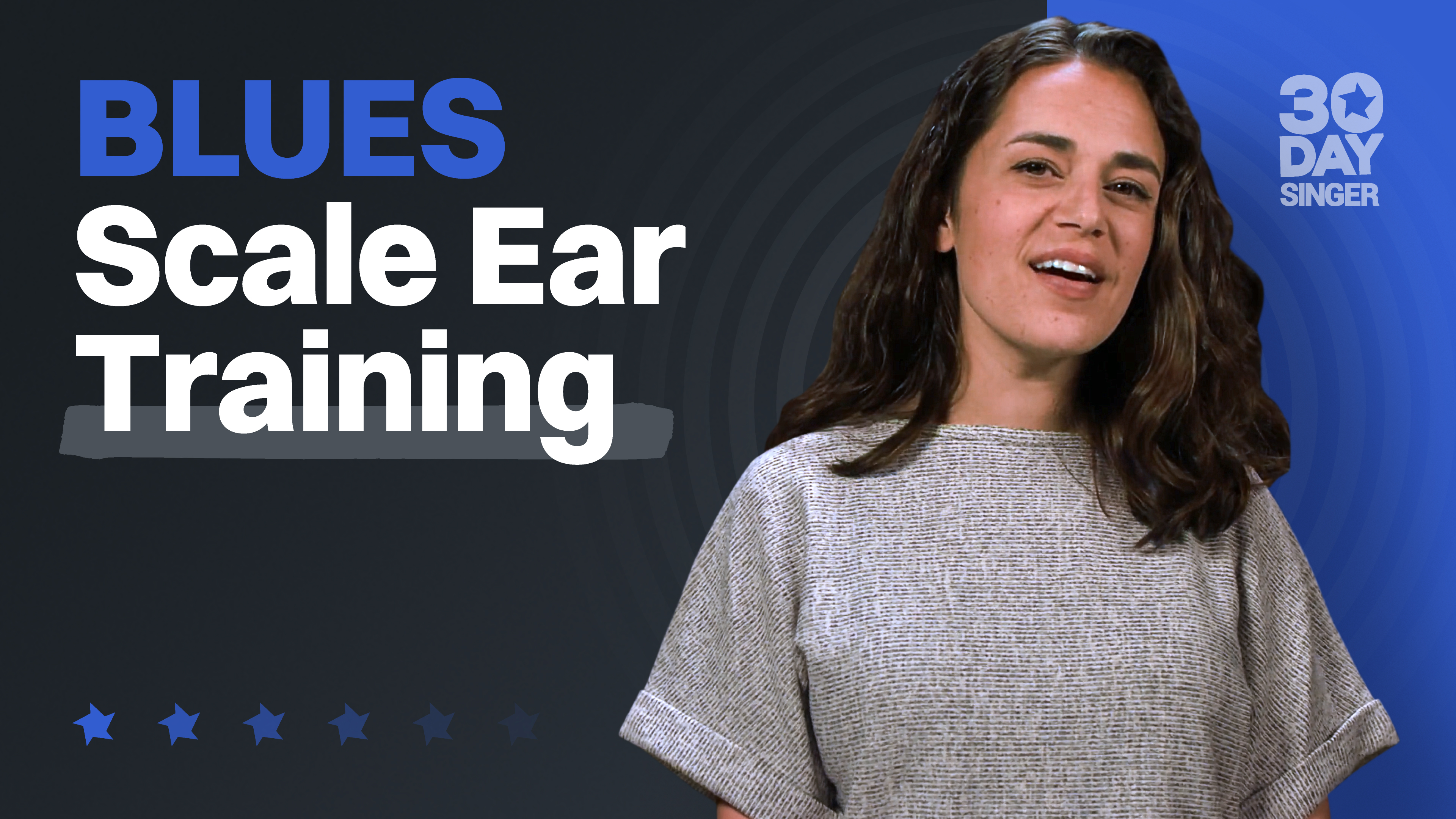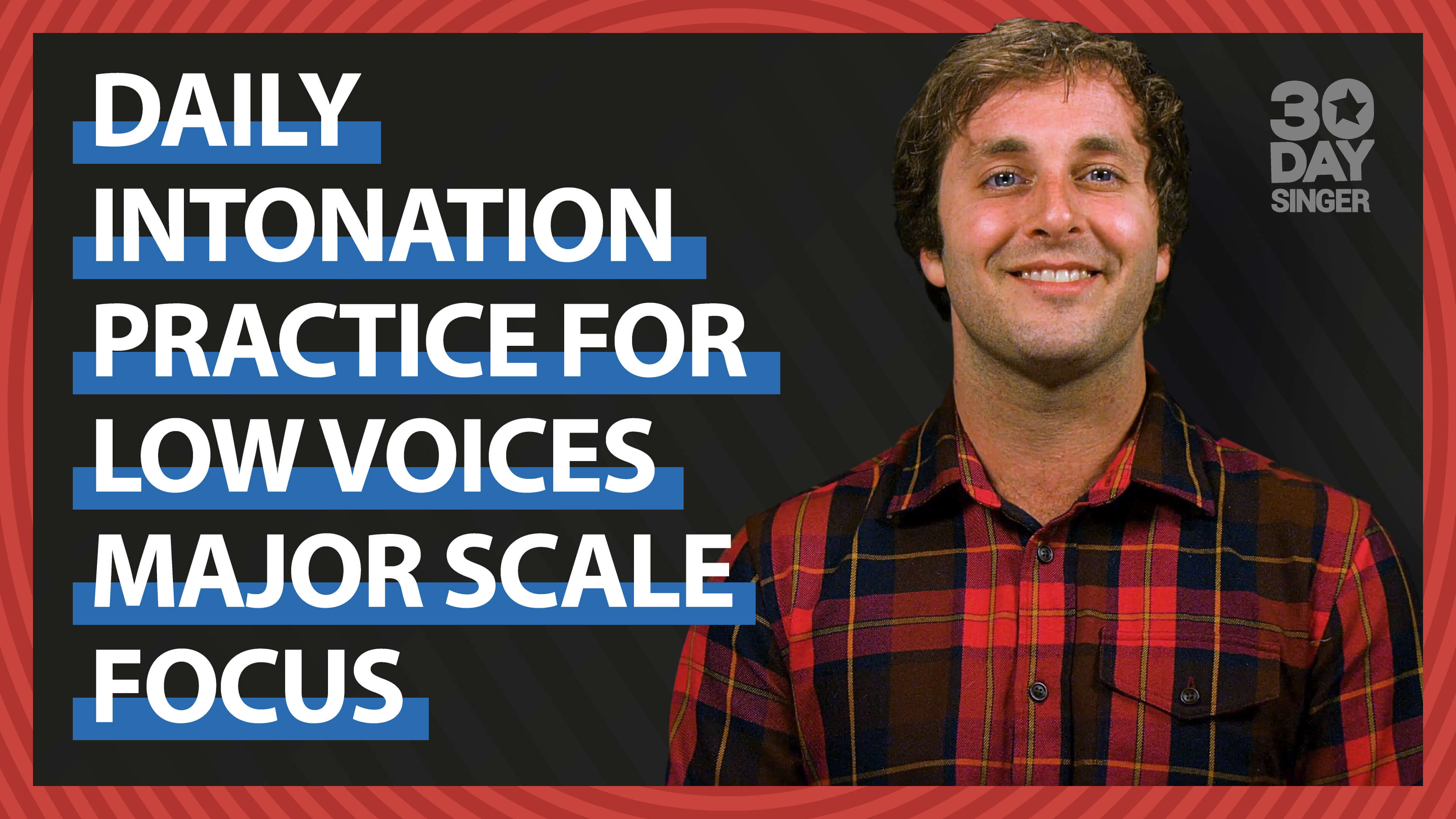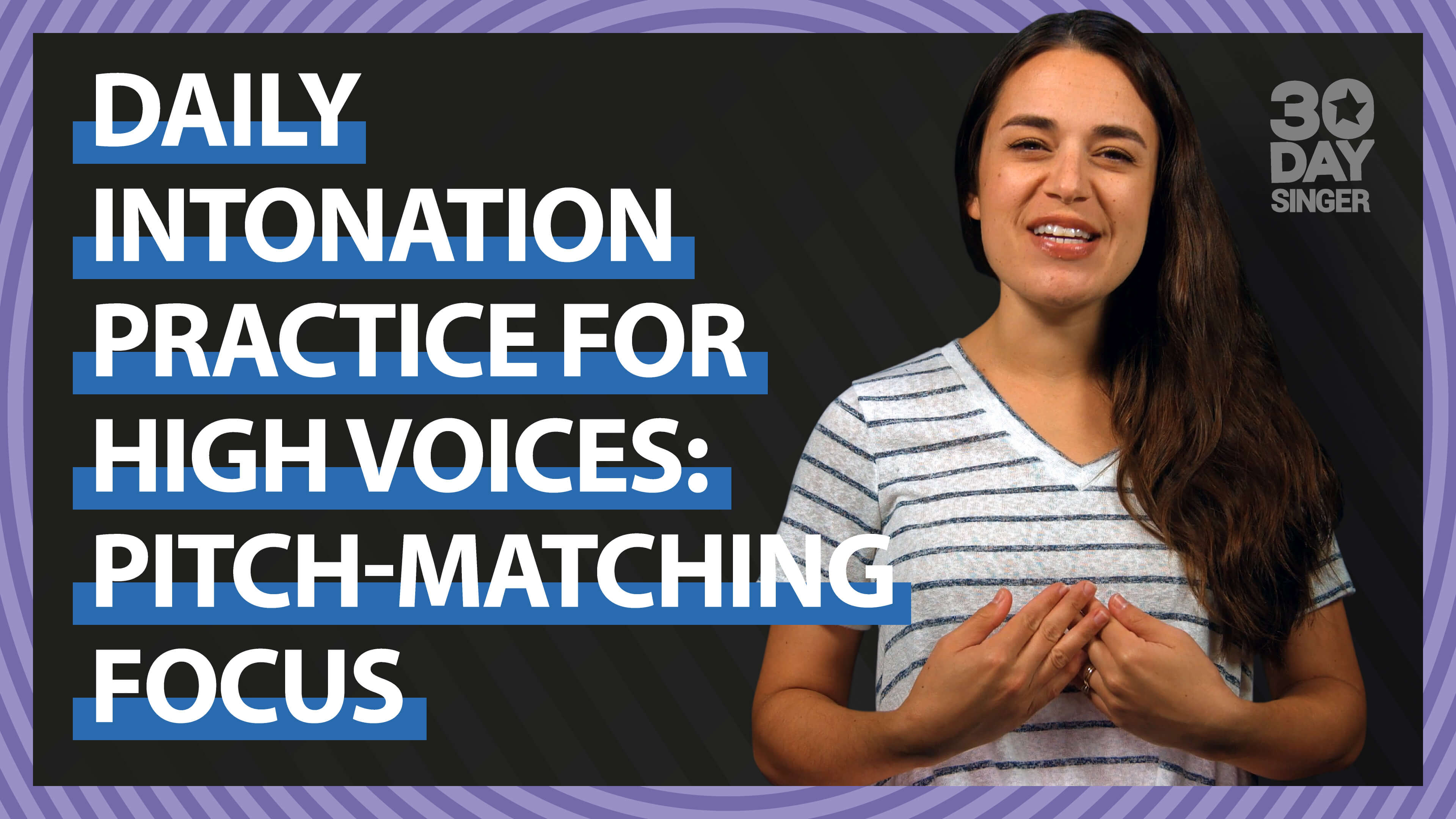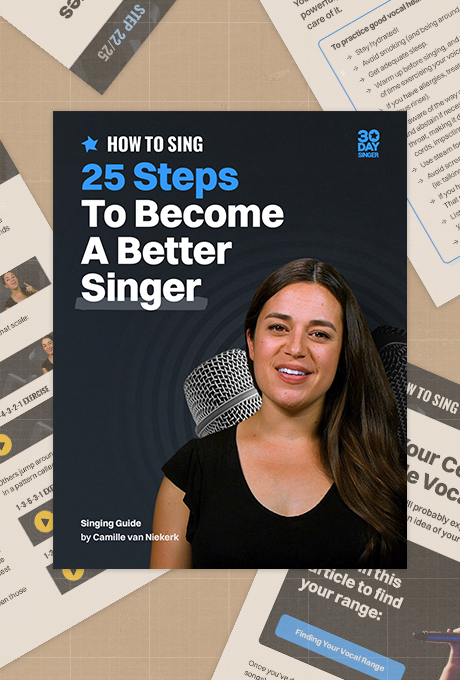Ear Training & Harmony
Welcome to the Ear Training and Harmony section of 30 Day Singer. Here you can find guidance on popular vocal concerns, like singing in tune, ear training, and how to sing in harmony. It's important for singers to learn ear training in order to recognize pitches - or your ability to recognize a note and replicate that sound. This opens up your ability to improve your intonation and rhythmic skills, improving your musicality and making it so you can harmonize easily with other singers. This is also key to learning and performing songs.
TUTORIALS
Blues Scale Ear Training for Beginners
By Camille van NiekerkThis lesson series introduces beginner singers to the blues scale through a step-by-step ear training approach. Starting with chromatic movement and a review of the pentatonic scale, you’ll gradually build toward singing both the major blues scale and the minor blues scale. Each part includes guided demonstrations, listen-and-repeat exercises, and practice in multiple keys to help strengthen your ear and voice. By the end, you’ll not only understand how the blues scale is formed but also feel more confident recognizing and singing it in real musical contexts.
Practice Singing in Harmony
By Abram PoliakoffThis lesson explores how to sing in harmony using the folk classic “O Susanna” as a model. Across five parts, you’ll learn melodic harmonies in 3rds and 6ths, chordal harmonies built from the song’s progression, and how to mix the two approaches into dynamic harmonizations. With guided exercises, scale degree breakdowns, and practice singing both upper and lower harmonies, you’ll gain practical tools to create harmonies that work in a wide range of musical contexts. By the end, you’ll be able to confidently sing harmony parts, adapt to chord changes, and experiment creatively with your own songs.
Daily Intonation Practice For Low Voices : Major Scale & Interval Focus
By Abram PoliakoffBecause most popular Western music is built on the major scale, exercises like this can help you to recognize steps and skips in the songs you sing. You’ll begin to develop an awareness of what “fits” within a given scale, and what doesn’t.
Daily Intonation Practice For Low Voices: Pitch Matching Focus
By Abram PoliakoffWhat is intonation? It’s a fancy word for singing in tune and with accuracy. You can think of this tutorial as a way to work on musical target practice with your voice.
Daily Intonation Practice For High Voices: Major Scale & Interval Focus
By Camille van NiekerkMost popular Western music is built on the major scale. This lesson series with Camille can help you to recognize steps and skips in the songs you sing, and develop an awareness of what “fits” within a given scale, and what doesn’t. Come check it out!
Daily Intonation Practice For High Voices : Pitch Matching Focus
By Camille van NiekerkIf pitch matching and singing in tune is something you struggle with, then this tutorial is for you! Join Camille for this daily practice.
Major Scale Riffs
By Camille van NiekerkAfter pentatonic riffs, major scale riffs are the most common. The good news is: you’re already familiar with the major scale! This lesson series will give you plenty of practice singing 3, 4 and 5-note patterns. It’ll be fun!
Seventh Chords: Intermediate To Advance
By Camille van NiekerkIf you’re into jazz, R&B or rock, you should learn how to recognize and sing 7th chords. While our basic chords, or triads, have 3 notes, a 7th chord has 4, adding the 7th scale degree. This lesson series is perfect for more intermediate to advanced singers, and we recommend completing my other chord tutorials first. If you’re comfortable singing major, minor, diminished and augmented chords, you’re ready for 7ths.
Frequently Asked Questions
Some great vocal warmups for singers start with gentle humming or lip trills to relax and engage your vocal cords without straining them. Then, work through some scales to gradually increase your pitch range and get your voice fully warmed up.
For a quick 5 minutes vocal warm up, try some lip trills or gentle humming for a couple of minutes. It’s effective and quickly preps your vocal cords for singing or speaking without overdoing it.
When your voice is sick, keep singing warmups light and gentle—like humming or low, quiet scales. Also, drink lots of warm fluids and rest your voice as much as possible.
Start with some light humming, followed by a few pitch glides (from low to high sounds) to get your voice comfortable. Finish with a few tongue and lip trills to help with articulation.
Two good vocal warm ups are humming and lip trills. These are super effective and easy vocal warm-ups that gently activate your vocal cords without causing strain. Both are great for starting any vocal exercise.
Breathing exercises and resonance drills, like humming and vocal slides, improve the quality and projection of your speaking voice. They help develop control and clarity, making your voice sound more confident.
Hydrate regularly, practice breathing exercises, and do daily warm-ups. Consistency with these habits will help your voice sound smoother and stronger over time.
To strengthen a weak speaking voice, practice deep breathing and speak from your diaphragm to add power. Also, try projection exercises like speaking in front of a mirror to boost confidence and clarity.
Focus on articulation exercises, like tongue twisters, and practice controlling your breath to avoid running out mid-sentence. Over time, these will improve clarity and help you speak with ease.
The four vocal function exercises are sustained phonation (holding a sound steadily), pitch glides (sliding between notes), lip trills, and staccato sounds on different pitches. They work together to strengthen and balance your vocal cords.










